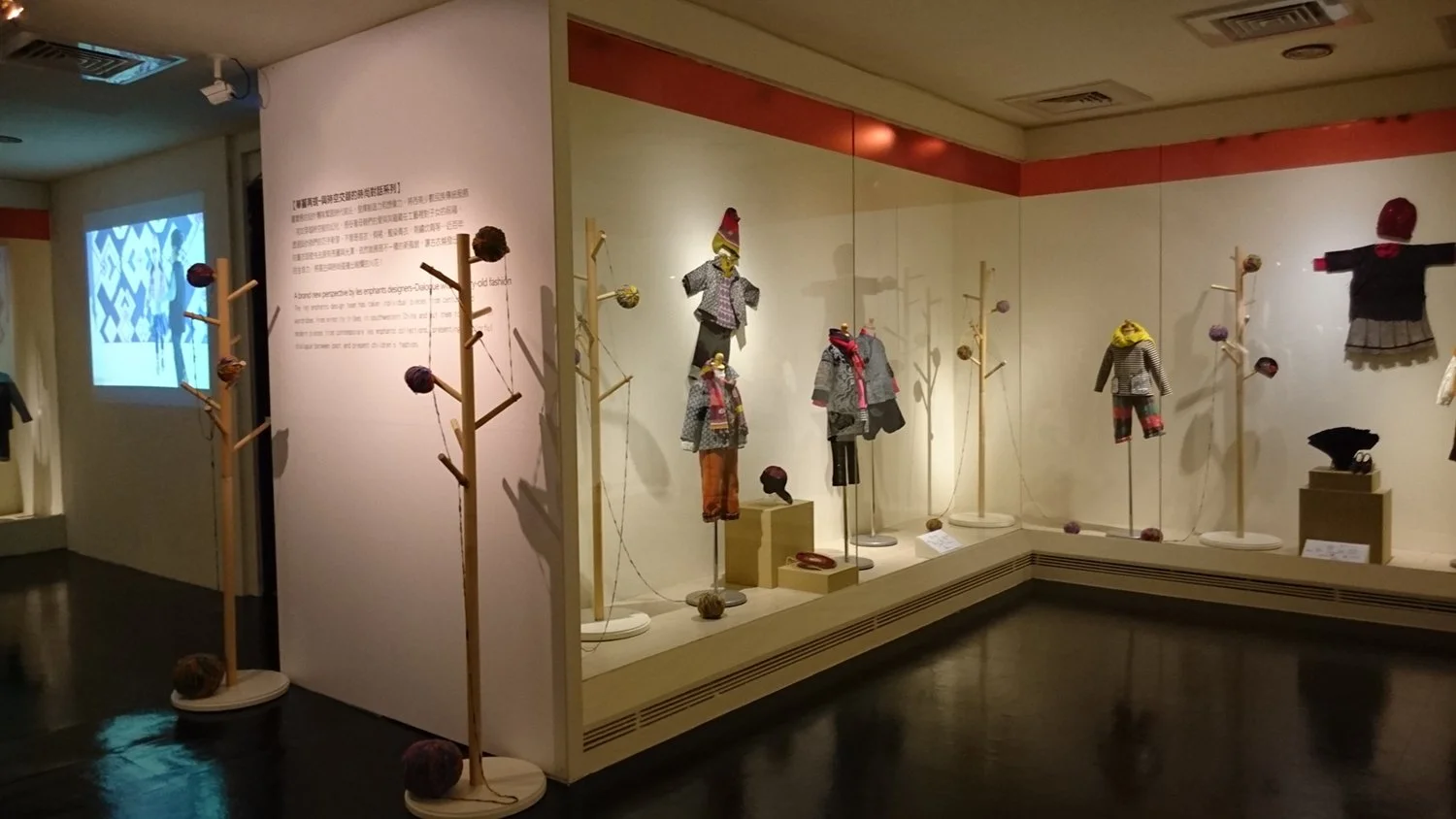Beloved Baby Carriers
National Museum of History
2/2/2016 – 4/10/2016
Taipei, Taiwan
Preface of exhibition catalog by Director of National Museum of History
Almost all creatures have the instinct to take care of their young, so do human beings. It takes several years for a human baby to be able to move about independently. Hence, parents would do everything possible to care for and protect the children, wishing that they can grow up safely. Since ancient times, human beings have designed all kinds of tools to carry their young, providing comforts to the babies and freeing their own hands for other household works. These tools, the so-called baby carriers, utilize different materials and shapes according to climate and geographical and cultural environments.
Besides the formal and practical variations to suit the environment, different baby carriers touch our heart with their infinite possibilities of decorations. However, while the decorative techniques found on baby carriers vary with geographical regions, there’s one thing that connects them, the thought of and the prayer for the health and wellbeing of the children. We can imagine how a mother will sew her love of the child on the surface of the baby carrier in the form of many auspicious signs. This not only represents mother’s deepest love for children but also embodies the three core elements for the culture of baby carriers: fertility, blessings, and protection.
This exhibition is a border-crossing attempt to join academic, cultural, artistic, and industrial forces from the society. It goes beyond the simple display of objects and brings together artistic expression and cultural creative industry. The exhibition has three sections. The section of baby carrier artifacts start with Taiwanese baby carriers of Fujian, Hakka, and Indigenous types and covers relevant artifacts from tribes of Southwestern China and that of other Asian peoples from regions surrounding Taiwan. The section of artistic expression includes the Tree Life Installation Art created by parents and children together and the Graffiti of Love that touches upon a mother’s experiences of raising her children. The section of cultural creative aesthetics displays how contemporary designers find inspiration from totems of Southwestern Chinese minority tribes and integrate these elements with contemporary fashion to create children’s apparel that has the warmth of mother’s love.
For this exhibition, we would like to express our deepest appreciation to the Department of Textiles and Clothing at Fu Jen Catholic University, les enphants Co., Ltd., Big Ball Earth Care & Humanist Association of Taiwan, and National Museum of Prehistory; they not only provide their treasured collection of baby carriers for this exhibition but also enthusiastically participate in the design of galleries and catalogue, making this exhibition richer and more comprehensive. We hope this exhibition can accompany visitors to experience human civilization and parental love from different perspectives. With this exhibition, we would also like to express our reverence to all mothers.
Director, National Museum of History
Yu Tan Chang








